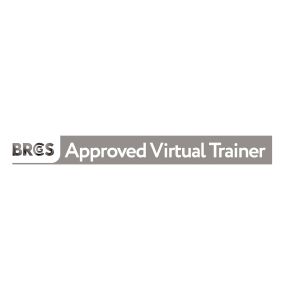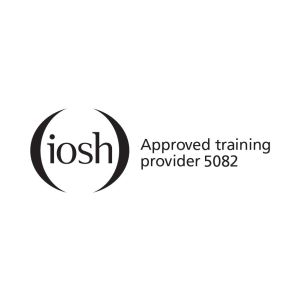
Supporting Mental Wellness at Work
Whilst not intending to fuel the debate amongst ISO 45001 management professionals and Lead Auditors as to whether managing mental and physical wellness and wellbeing is a requirement of the 2018 Standard or not, can we at least agree that leaders and managers in all organisations should try their best to promote wellness and wellbeing, when and where ever possible?
Statistics are showing that mental and other work and/or social stress related ailments is the biggest cause of lost time in the majority of organisations.
Under UK law, employers have a ‘duty of care’ to protect the health, safety and welfare of all employees while at work. They also have to assess the risks arising from hazards at work including work-related stress.
All UK employers and employees alike should be helped how to know, understand and recognise the most common key risk factors that if left untreated become the causes of work-related stress.
In the workplace and from the employee perspective the most common key risk factors are;
· the challenges and demands of their job;
· the degree of control they have over their workloads;
· the support they receive from direct and indirect managers and work colleagues, particularly when things become difficult;
· their relationships at work;
· their role in the organisation;
· feeling of being respected and valued (or not)
· changes in the organisation, how change is managed and how it affects them.
· unsuitable or unfair management attitudes and behaviours.
Employers and employees need to gain a detailed understanding of what these risk factors look like in relation to their work, identify which areas may be presenting problems, and work together, perhaps with other supporting representatives to plan and implement measures to reduce these problems. So as an employer or a line manager, get started;
· analyse and evaluate the risks and potential causes of stress within your organisation – for example by looking at sickness absence records or attitude surveys, or conducting specific stress-related surveys or focus groups;
· use these and other methods to assess how your organisation is performing in relation to the key risk factors. This could include managers systematically talking to their teams to identify potential or actual stress ‘hot spots’;
· decide on improvement targets and action plans, in consultation with staff and/or their representatives.
· Review and repeat the above, which is not too dissimilar to key features in ISO 45001







